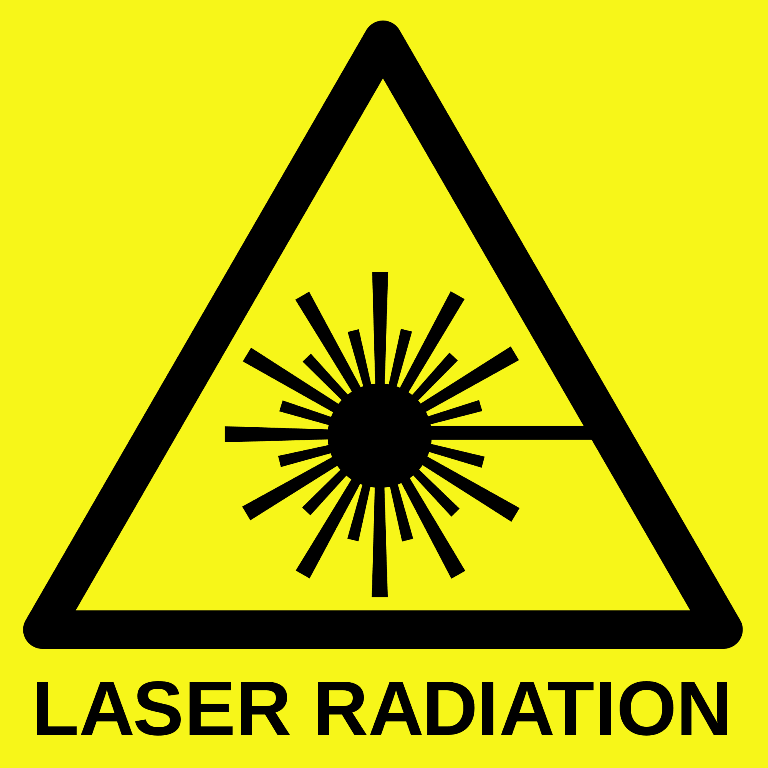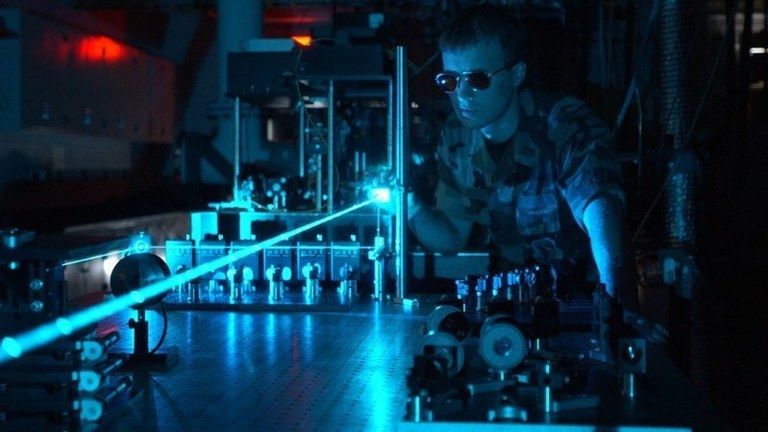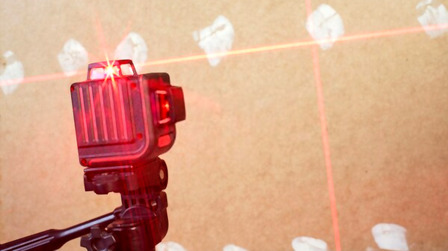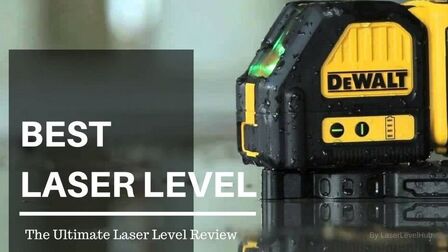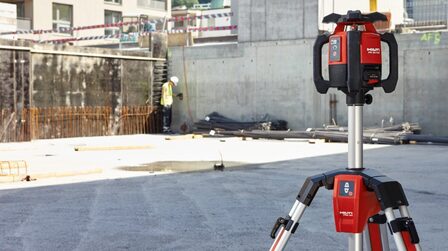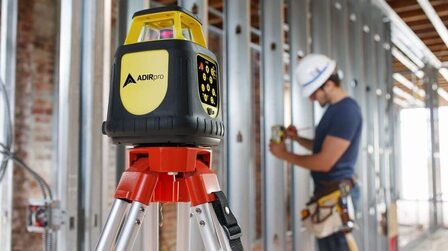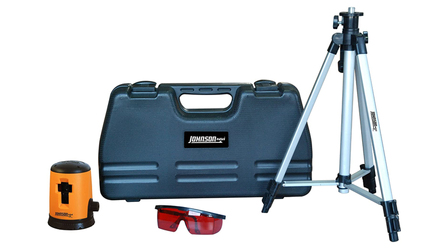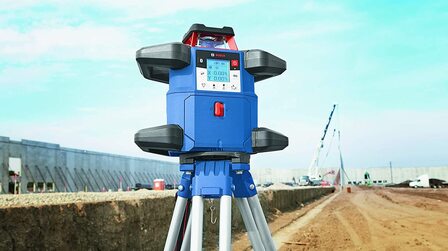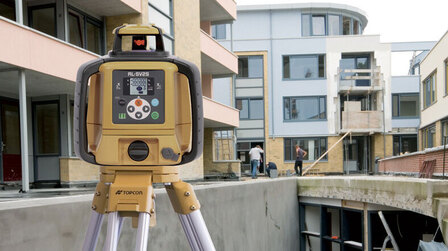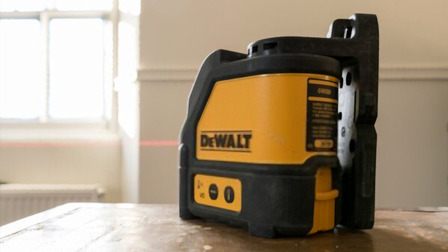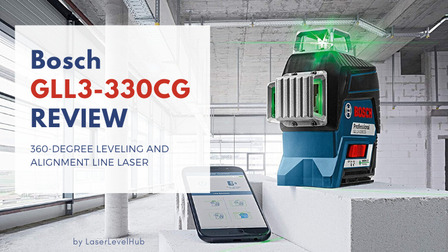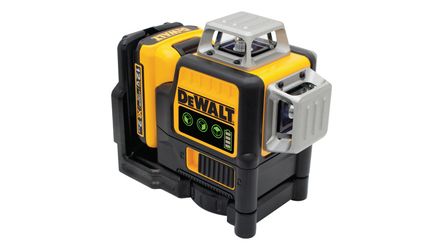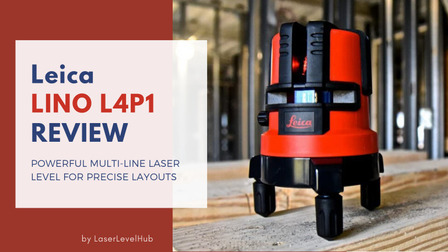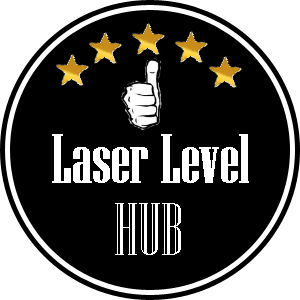The human eyes are highly sensitive to the radiation emoted by laser beams and when they are not adequately protected, may sustain damages ranging from minor to severe injuries which can impair vision temporarily or permanently.
Threshold and extent of the eye or ocular damage depend on the wavelength, beam divergence and duration of exposure to the laser beam.
Thus, one must properly observe precautionary measures to prevent or minimize the occurrence of eye injuries in handling laser levels.
Laser Level Ocular Hazards
Laser beam is a highly collimated light making it a form of intense light with strong power, enough to cause intense retinal responses to a magnitude even greater than viewing the sun directly with bare eyes.
This then poses a great threat to the integrity of the eye structures which can lead to permanent blindness.
Laser hazards from laser levels and other laser systems are classified into four main groups according to the severity of biological damage that can be sustained.
Class I
Laser products at this classification with cw of 0.4 μW do not emit radiation at a hazardous level, hence, users are generally exempted from radiation hazard controls.
Class I.A, with an upper power limit of 4.0 mW, often include lasers used in non-viewing purposes.
Class II
Lasers with power not exceeding 1 mW. In this class, the instinctive natural human aversion response to perceived bright light is enough as a protective mechanism to the laser.
Class IIIA or 3R Lasers
The lasers power output is between 1 to 5 mW with a relatively minimal hazard during accidental exposure.
Laser levels under this are still generally considered safe to the eyes when handled with care.
On the other hand, moderate power lasers or Class IIIB with cw of 5 -500 mW, are dangerous for ocular exposure, hence, requires the use of protective eyewear.
Class IV
High power lasers, cw of 500 mW, can cause eye injury from both direct and indirect or reflected energy.
See also:Green vs Red Beams Laser Level – Which is better?
Manifestations Of Laser Eye Injuries
The ocular damage depends on the wavelength of the laser beam absorbed or reflected.
Lasers with wavelength of 400 -1400 nm can cause retinal scotoma or blind spot while those ultraviolet, 290-400 nm, or infrared, 1400-10, 600nm, can damage the eyes lens and cornea.
Signs and symptoms of laser eye injuries include:
- Burning pain sensation at the site of exposure in the eyes, particularly in the sclera or cornea: This is typical when exposed to 10, 600nm invisible laser beam.
- Visual perception of bright color flash of the beam with an aftermath color: This is true for experiencing visible laser beam. Seeing green flash then red image as an aftermath can happen with green laser light.
- Difficulty seeing and differentiating blue and green colors indicate damage to the pigmentation of the retina.
- One may experience sudden loss of vision which gradually resolves in few weeks.
- Retinal damage may be painless in some cases, so gradual changes in vision like visual disorientation may be noted.
Selecting The Proper Eyewear
When selecting protective eyewear to prevent ocular laser injury, the two main criteria include laser wavelength and optical density (OD).
- Laser wavelength
- Optical density: OD pertains to the ability of the eyewear material to minimize or mitigate the laser energy corresponding to a specific wavelength reducing it to a safe level lower than the maximum permissible exposure (MPE). OD can be taken by using any of these: calculation; use of nomograms like the ANSI 136.1 guidelines; or checking with the laser manufacturer.
Miscellaneous factors on the convenience of the user may check on the following:
- Is the design comfortable enough to promote compliance?
- What field of view is provided by the design of the equipment?
- Is it resistant to irreversible bleaching when used with high peak irradiation?
- Does it have a good impact resistance to heat and dust?
- Does it have a side shield protection?
Types of Eyewear Protection
In working with laser levels, the necessary eye protection specific to the types of laser should be worn in the form of glasses, goggles or wraps.
Laser spectacles lenses are comprised of absorptive dye condensed in hard polycarbonate material which yields high level resistance to breaking and scratches.
In caring for laser eyeglasses, it should be placed in its protective casing, can be cleansed with 91% isopropyl alcohol and should be stored in a temperature no more than 800F (26.60C).
They should have high OD with excellent visibility, crush proof, high light transmission visibility, rapid response to light and comfortable enough to be used.
Tips in Laser Eye Safety
- Enclose or confine the beam as much as possible
- Fluorescent screens can be utilized to align beams.
- Avoid direct beam exposure and direct viewing is discouraged.
- Make use of the lowest power possible in aligning beams.
- Do not stare at the beams or reflections of the laser.
- Keep rooms well-lighted if possible to constrict pupils allowing for lesser eye accommodation of laser.
See also: 5 Must-have Safety Gear For DIY
